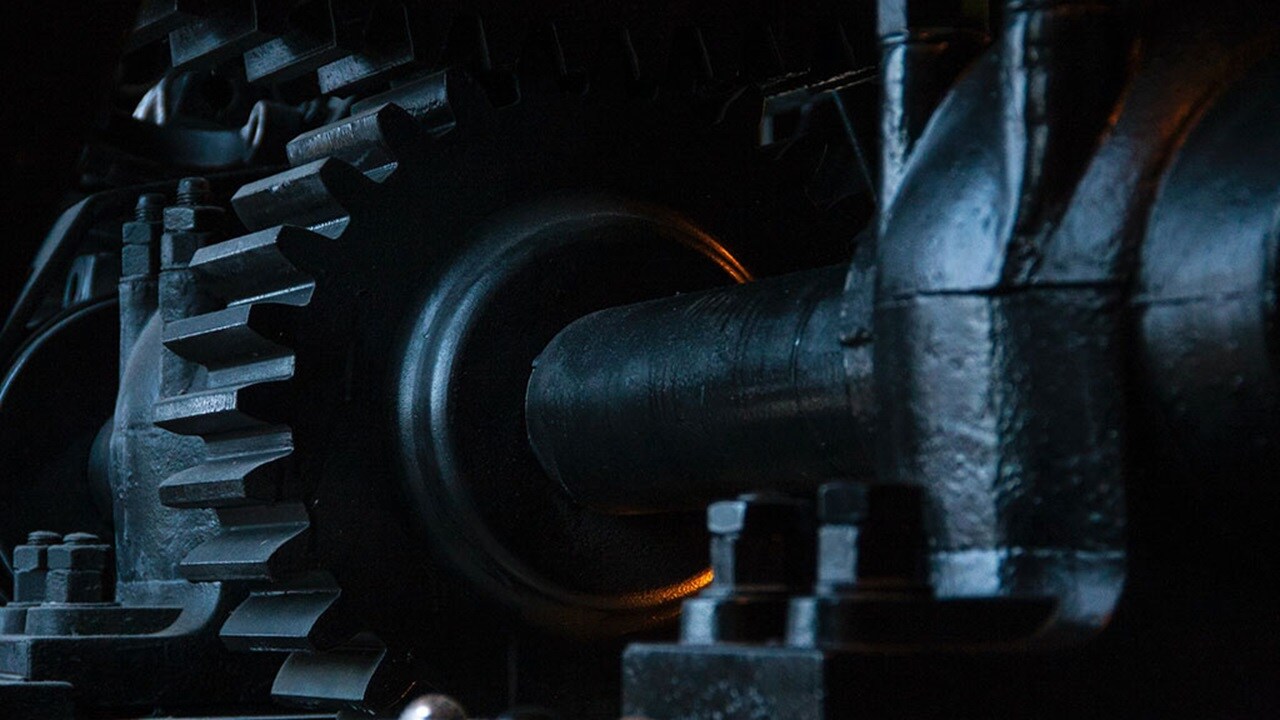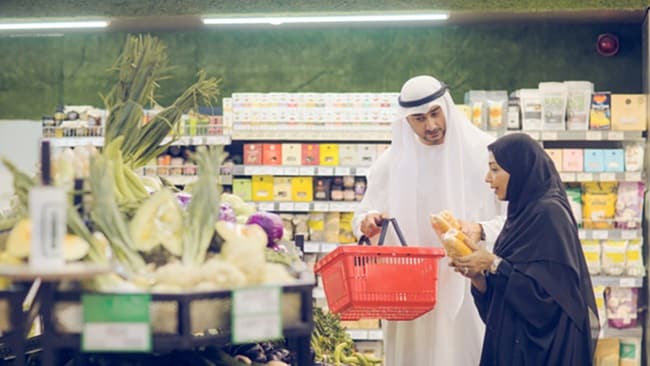In the last three years the world of logistics has experienced several challenges, news, and trends; which without a doubt have been also affecting the world of special cargo logistics. However, given the special characteristics of such cargo and related industry, there have been trends specific to the sector, that have emerged in the first months of 2023 and are projected to stay for at least the next 24 to 36 months ahead. But before diving deep into the latest trends, let’s start by identifying this kind of commodity.
What is special cargo?
Special cargo is identified as cargo that due to its weight, dimensions, particular shape, or protrusions, exceeds the proportions and capabilities of a single standard container which is around 20-feet or 40-feet long and 8 feet wide. Special cargo is commonly comprised of:
- Out of Gauge Cargo (OOG), meaning it exceeds the dimensions of standard containers by length, width, or height, but can still be stored in a container that has an open side or an open top. Examples of this can be propellers, flanges, or trucks.
- In Gauge Cargo, where the dimensions of the cargo require special equipment but does not displace additional slots on the vessel. Examples of this can be machinery or large trees that can be lowered into an open top container.
- Break Bulk cargo, which vastly exceeds the size and/or weight of a standard container so it’s placed on a bed of flat racks held by lashing points. Examples of this can be yachts, masts, industrial machines, or train carriages.
Special cargo and project logistics
The special cargo industry is a niche industry that to be able to work with the right speed, efficiency, and needs to be supported by heavy lift shipping. Because of their shape and weight, this type of cargo has specific requirements and requires special handling through the entire supply chain, from acceptance to storage, packaging, labelling, documentation, warehousing, transportation, and delivery. For example, when transported across waters, the biggest commercial or private yacht can occupy the equivalent of more than 80 shipping containers slots, taking a significant space in the vessel.
The beauty of special cargo is that every piece is generally tied to a larger, more complex project. Which is also the reason why very often, special cargo movement is referred to as project logistics. This is because businesses that operate in this space are usually not only moving special cargo alone but in conjunction with a dry cargo quantity. These businesses need therefore logistic providers that can support them with both. An example of this can be a wind power business building a wind farm somewhere in the world, needing both the turbines to be moved as well as all the other parts of the plant within a fixed pre-defined timeframe.
“Whether it's a wind blade, a turbine, or a big piece of machinery, what special cargo is contributing to has an incredible amount of gravity. Not only gravity in in physical weight (pun intended), but in the weight of the impact that the respective projects contribute to. For example, an onshore wind farm can have an operating life of more than thirty years and can produce enough electricity to power more than 1 million homes, boosting the economic impact, growth, and environmental advancement, ultimately affecting many people in a positive way” says Robin Townley, Project Logistics Business Product Owner at Maersk.
Another reason stakeholders refer to special cargo movement as project logistics is that often these businesses are not shipping on a regular, seasonal cadence, but rather have needs for a singular specific standalone project, with a fixed timeline and end-to-end needs, until the next one.
Special cargo business trends we see this year
Given the special requirements these businesses face, this kind of project logistics is indeed complex and is becoming increasingly characterised by change. The sector has been hit by the same trends and consequences affecting logistics throughout and after the pandemic but has also developed its own specific trends too. According to industry experts and stakeholders, this year special cargo will be affected by:

- Capacity issues - Not capacity today, but capacity for tomorrow. Across a lot of the world's larger governments and organisations, several deals and investments in new energy and infrastructure are being announced and finalized with billions of USD being committed. Within special cargo logistics, this of course means that starting from 2023, the need for special cargo transportation linked to these projects will trigger the need for capacity. The amount of logistics providers that can cater to special cargo needs is limited, meaning capacity for upcoming projects will be a challenge for the next 24 to 36 months. This can result in a capacity crunch scenario, calling for smart and efficient management solutions from all industry players involved.
- Asset development – An interesting trend shows that the design of products can be sometimes influenced and shaped by the way that these items are transported. For example, players in the wind industry have expressed some frustration in having to shape their turbine blades, and other parts, based on the size of the transporting truck (that sometimes can be over 15 years old). If the transporting vehicles can’t accommodate the latest innovation in product design, it becomes a big problem, ultimately limiting said innovation. The solution? Logistic companies can solve this by investing in purchasing updated transportation assets, in co-creation with customers, so that product design can be free from this limitation across all transportation modes.
- Cargo “shrinking” - Because of the issues associated with transportation size (highlighted in the previous point) some businesses are trying to modularize their cargo and build it in a way that it can be containerized or fit into smaller, more conventional containers. For example, wind turbine manufacturers are currently trying to build turbines that can be moved in four containers, later bolted together becoming a full turbine. This is not something that was possible a while ago due to the manufacturing process but now seems to be a race to “shrink” special cargo that can be transformed into dry cargo, for easier transportation. Logistics providers can work on this with their special cargo customers, trying to ease their challenges and find the most optimised balance for their supply chain.
- Digital acceleration – Generally speaking, cloud-based systems, visibility platforms, and new technological integrations, are already shaping the way that logistics is transforming, allowing them to “streamline their workflows, store and transfer information quicker and more securely” as mentioned last year by Forbes. Because of the geopolitical sensitivity of the zones where special cargo projects often take place, visibility measures provided by technology are even more important here. Being able to follow the cargo while enroute, in-real-time, gives the freedom to plan in case of accidents or contingencies.
- Higher focus on sustainability - Without a doubt, actions to minimise environmental impact are becoming increasingly prominent within logistics as a whole, with more investments and commitments towards renewable energies and decarbonization. Within special cargo, the sector is not as advanced as it could, and should be. In the next 24 months, with the push of customers advocating for better standards the industry will need to reconvene and decide better ways to revolutionize its manufacturing. Reconsidering the speed of logistics when transporting large pieces of freight long distance could be a way of cutting down emissions, for example. This gap is also showing a great opportunity for those that have businesses that facilitate green transitions and for investors looking for their next opportunity.
- Integrated visibility - Special cargo businesses, and their customers, are becoming more and more educated about their logistics needs. Whilst in the past special cargo businesses were used to completely hand over control to several providers that were very different in expertise and system levels, they now wish to gain more power over their end-to-end supply chains. Their current needs reveal that today, they instead wish to have one logistics partner that can deliver end-to-end for special cargo, handling the complexity from start to finish. The key action for this is acquiring more transparency and more knowledge as well as a powerful partnership with the right provider that can deliver with a strong focus on safety, quality control and schedule predictability. A partner that can provide integrated systems, flexibility, extended experience, and industry knowledge.
In closing, 2023 is showing the tendency for special cargo businesses to gear up to tackle upcoming challenges with capacity offering issues, cargo redesign and diminishing size, asset development co-creation, digitalization advancement, better focus on sustainability and stronger partnerships with providers that can handle the cargo end-to-end while taking care of all the steps included in the journey.
未来,您想随时了解必读行业趋势吗?
您已经完成了,欢迎“登船”!
We're sorry, but there was a problem sending your contact request.
Please review the form fields and ensure all required information is provided correctly. If the issue persists, please contact our support team for further assistance.
未来,您想随时了解必读行业趋势吗?
使用此表格注册,即可直接在您的邮箱中接收我们的洞察见解,进入一个真正的综合物流世界。简单操作,即从我们为您量身定做的精选文章中获得启发,了解相关行业洞察信息。您可以随时取消订阅。












